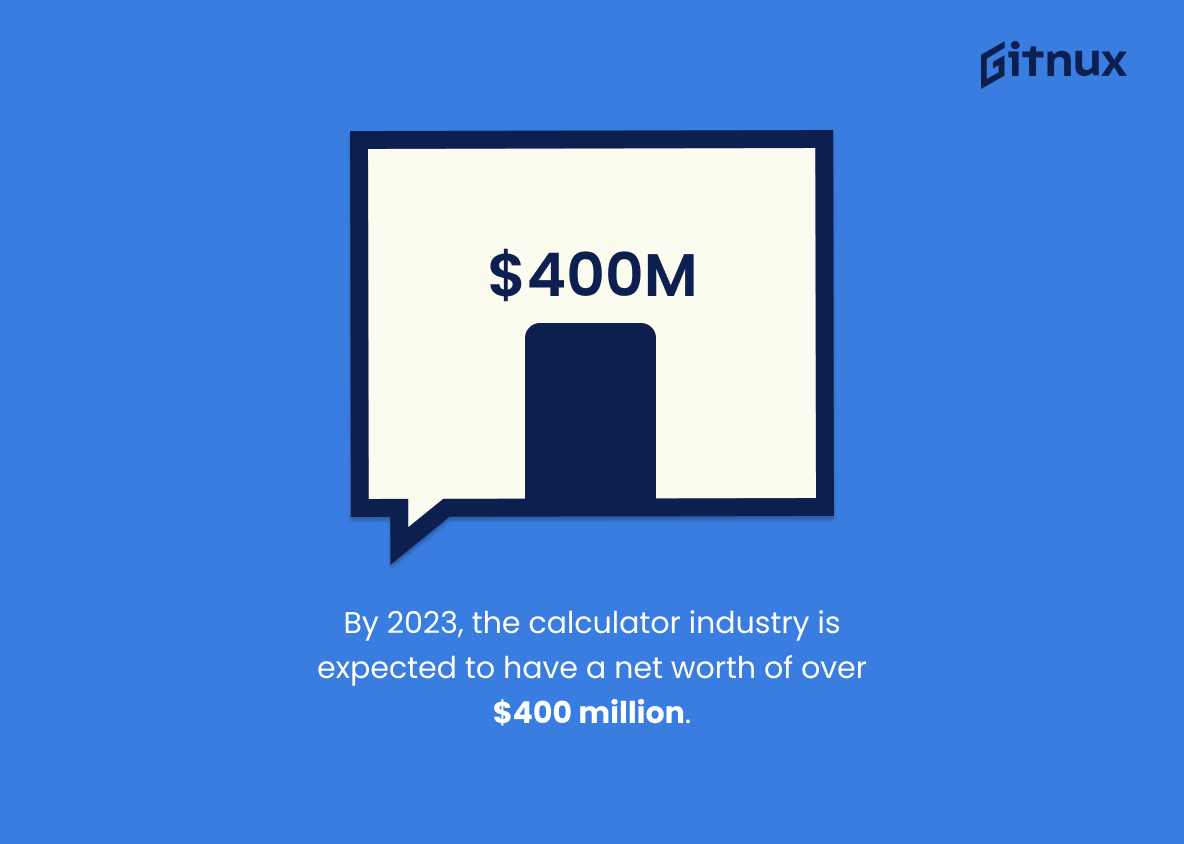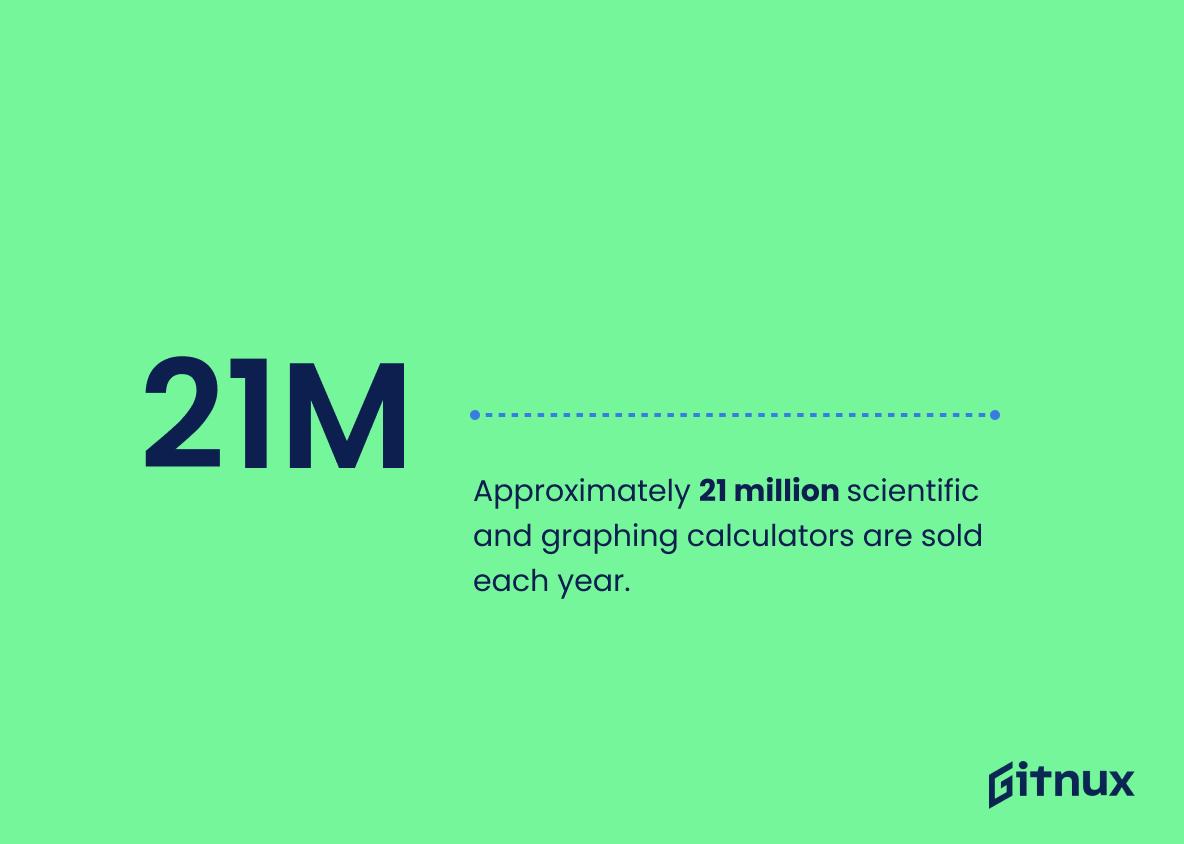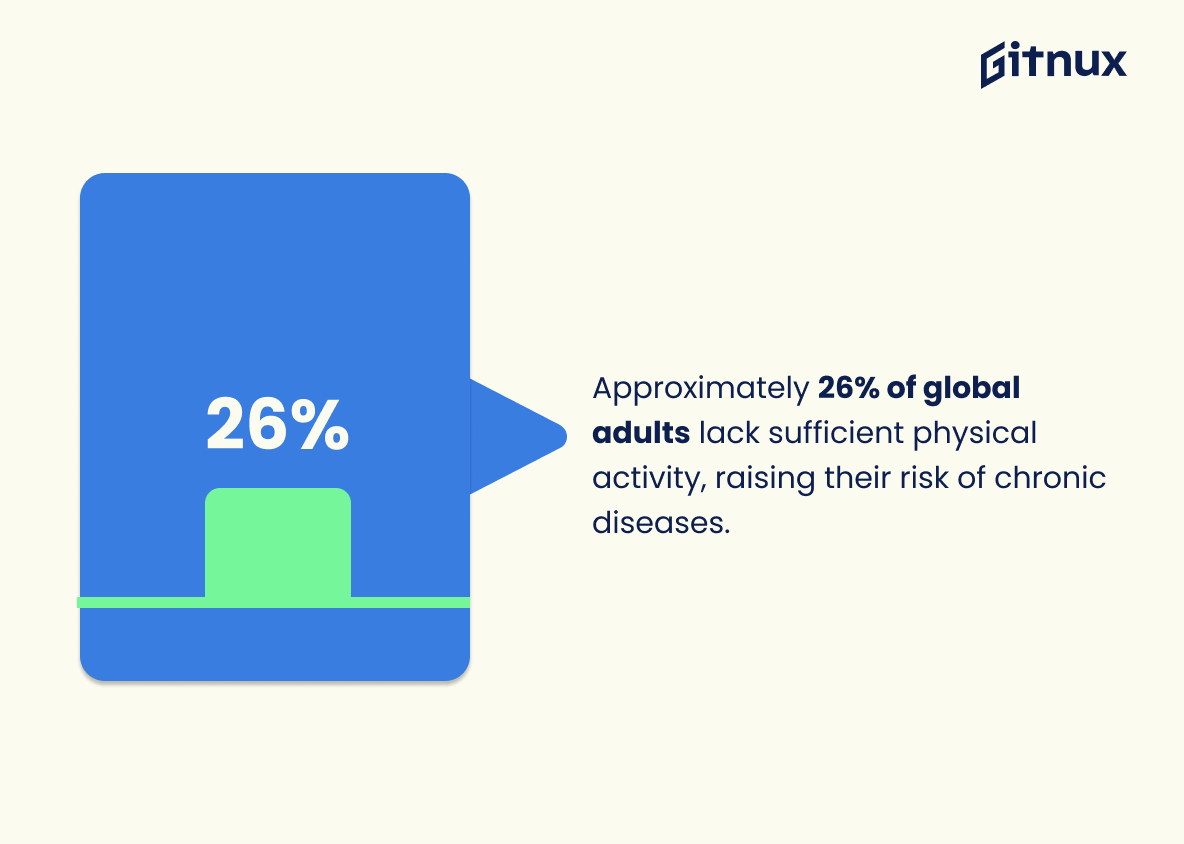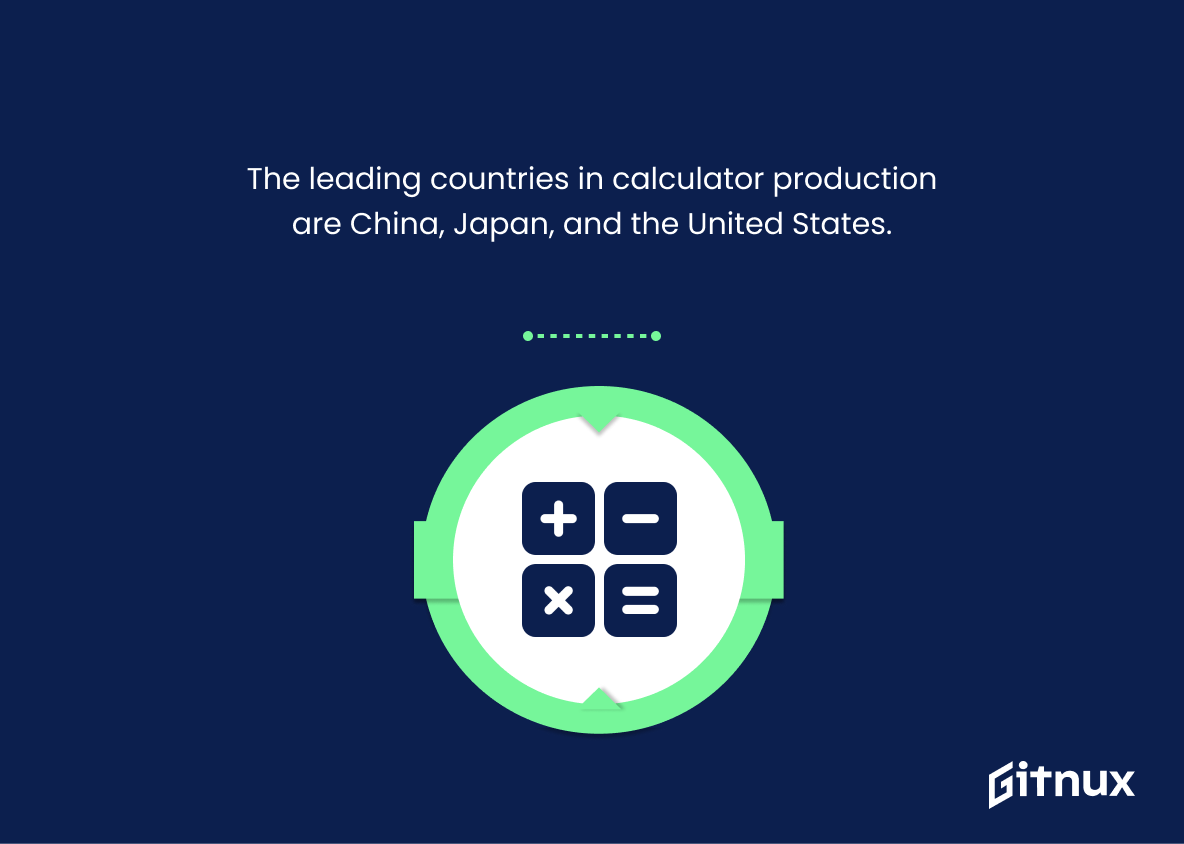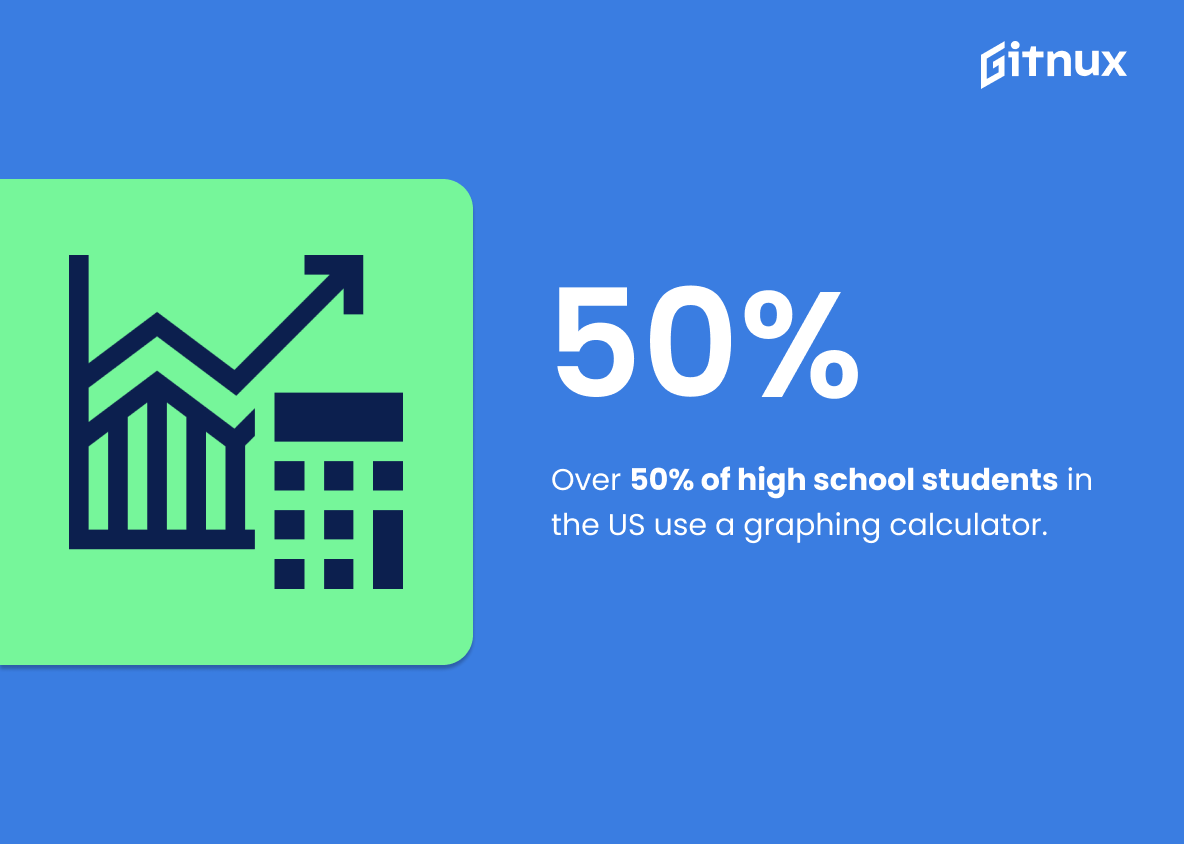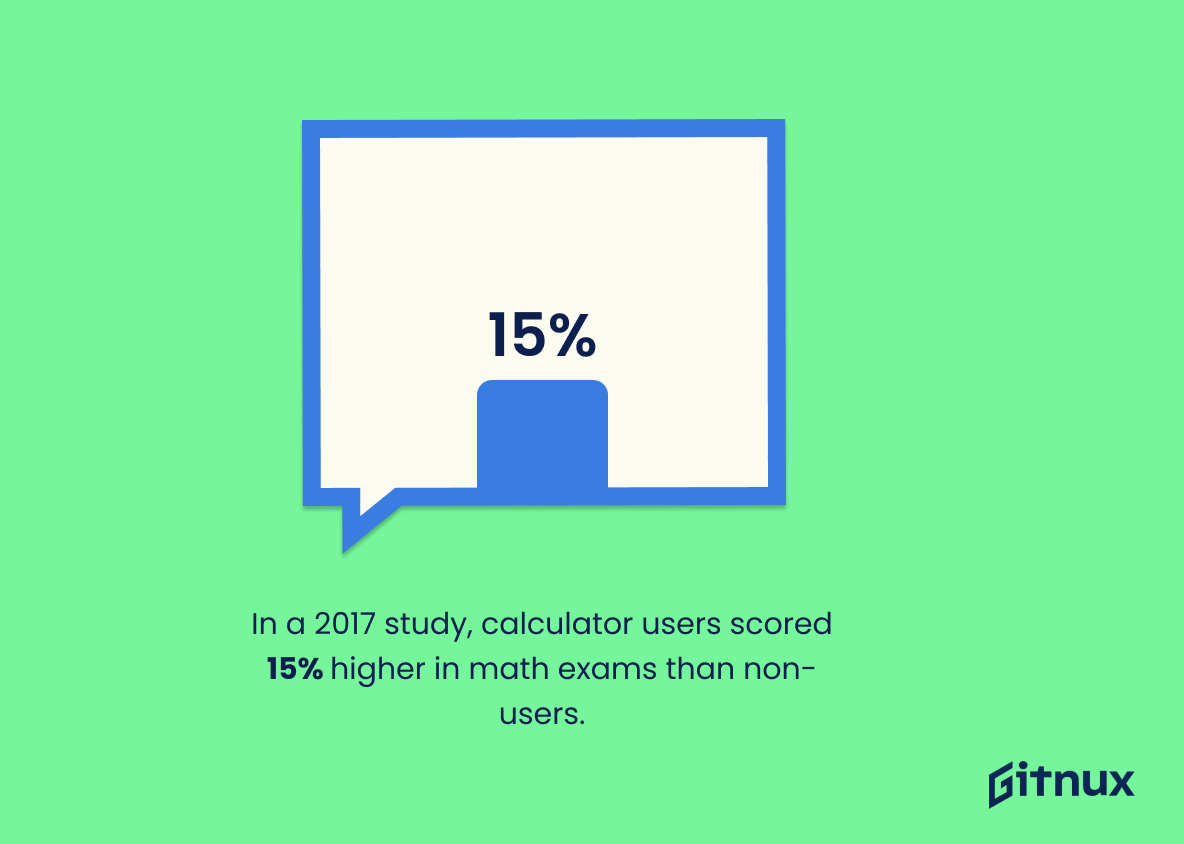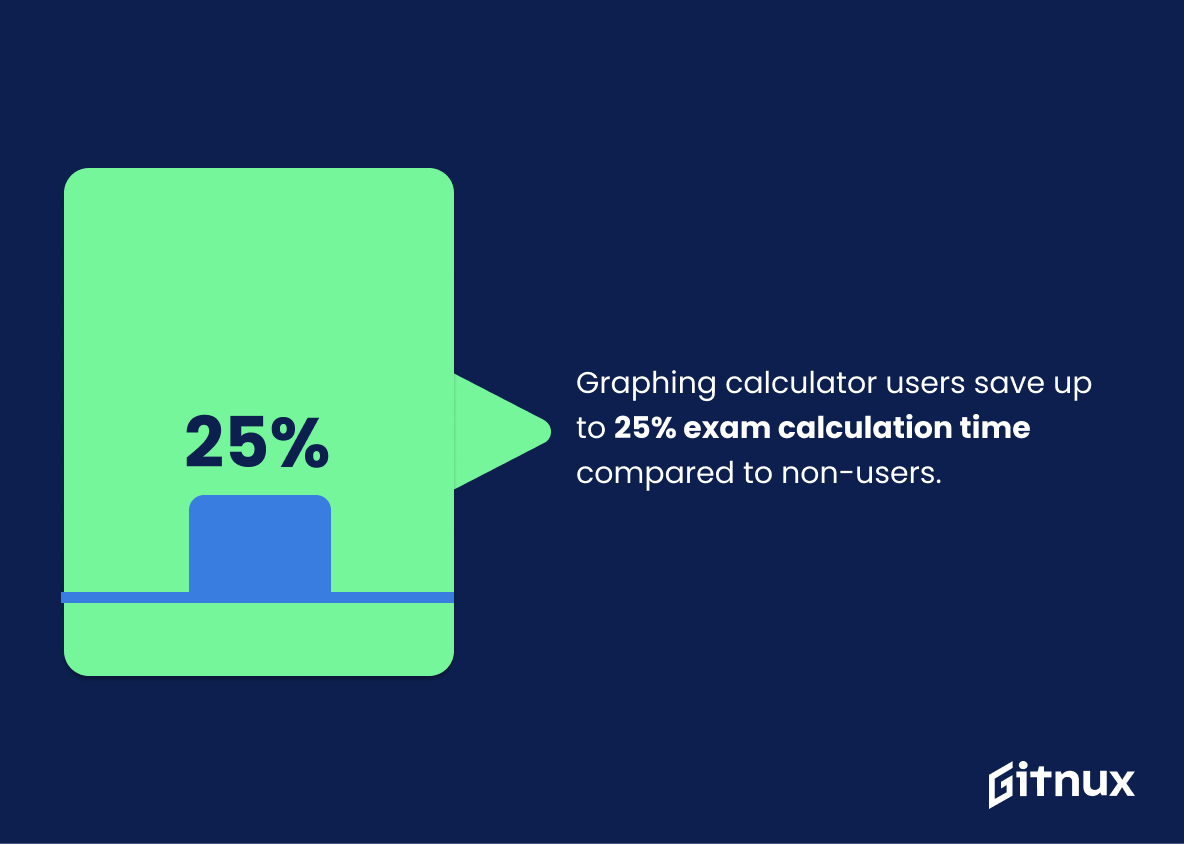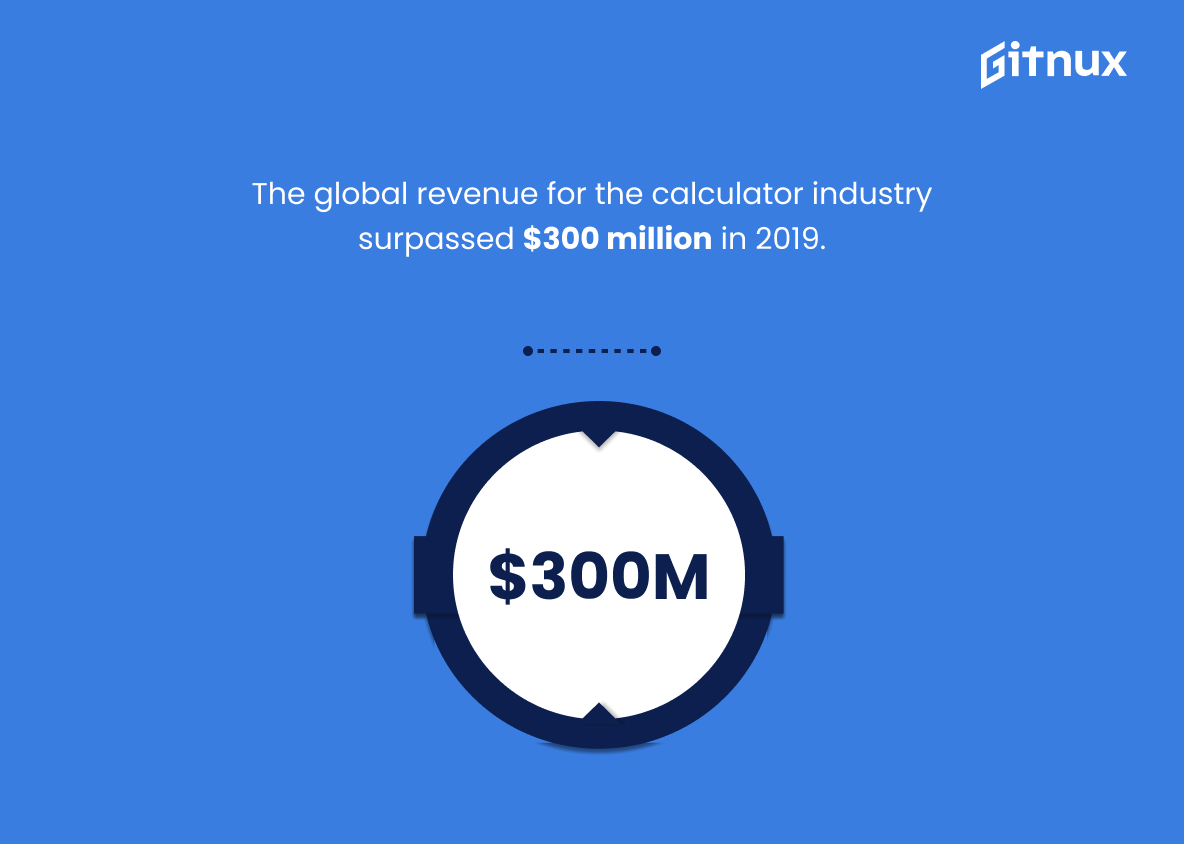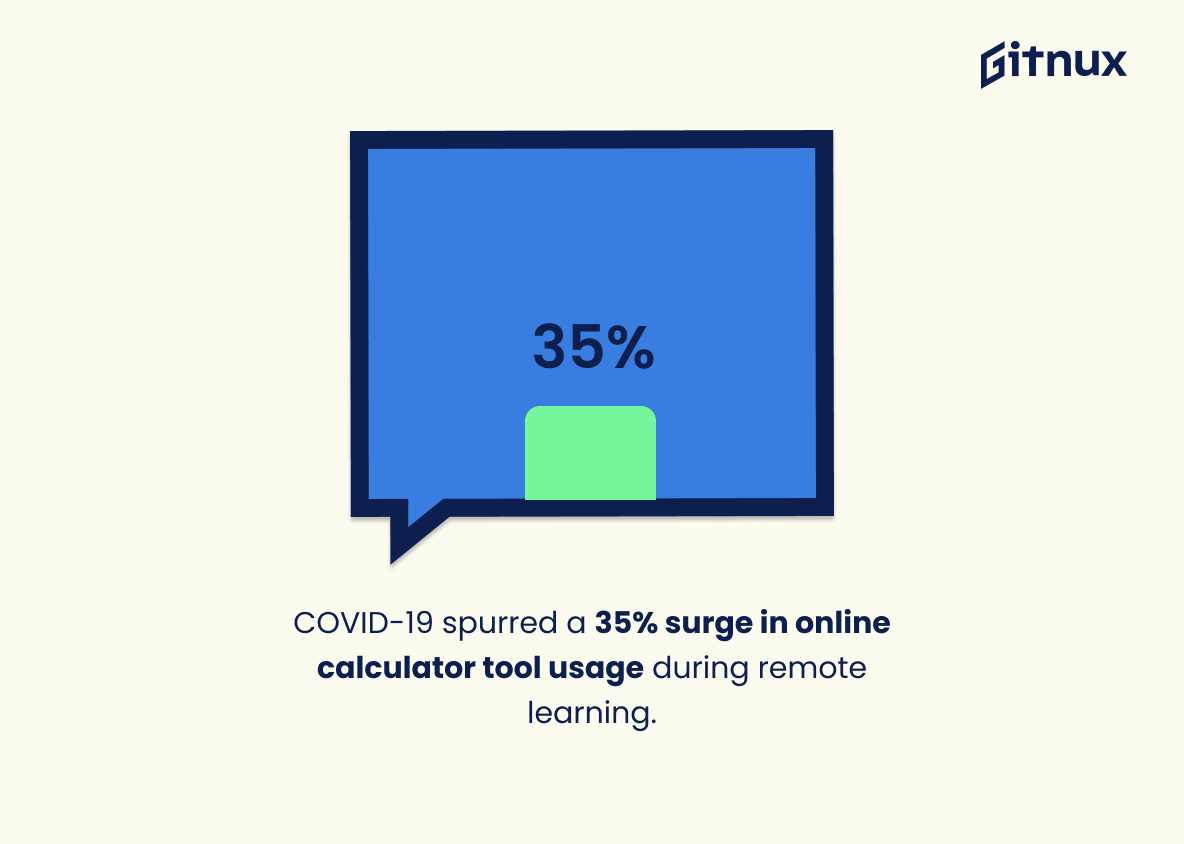The use of calculators has been a part of our lives for decades, and the technology continues to evolve. From basic handheld devices to sophisticated graphing models, calculators have become an essential tool in many aspects of life. This blog post will explore some interesting statistics about calculator usage and market trends that demonstrate just how important these tools are today. We’ll look at average prices, sales figures from major manufacturers like Casio and Texas Instruments, global market size projections through 2027, educator opinions on their usefulness in classrooms around the world, HP’s impressive sales numbers since 1972, expected net worths by 2023 as well as current industry leaders dominating the space with scientific calculators projected to hold largest share over next few years. Additionally we’ll discuss mobile app downloads worldwide along with impactful studies showing improved mathematics performance among students who used calculator-based technologies or interventions compared those who did not; plus parent opinion surveys conducted in 2014 regarding scientific calculator importance for high schoolers & finally increased online calculator usage due to remote learning during COVID-19 pandemic period early 2020s .
This statistic is significant in the context of a blog post about Technology Calculator Statistics because it provides a clear indication of the cost of graphing calculators. It gives readers an idea of the range of prices they can expect to pay for a graphing calculator, as well as the average price they should expect to pay. This information can be used to help readers make informed decisions when shopping for a graphing calculator.
Casio sold its 2 billionth calculator in 2017.
This remarkable statistic serves as a testament to the enduring success of Casio’s calculators. It is a milestone that speaks to the company’s commitment to providing reliable and innovative technology to its customers. This statistic is a powerful reminder of the impact that calculators have had on the world of technology, and it is a great example of how far the industry has come.
Technology Calculator Statistics Overview
Approximately 64% of educators believe that calculators are useful for students to understand mathematical concepts.
This statistic is significant in the context of a blog post about Technology Calculator Statistics because it demonstrates the widespread acceptance of calculators as a valuable tool for students to comprehend mathematical concepts. It shows that the majority of educators recognize the potential of calculators to help students understand complex mathematical ideas, and that they are willing to incorporate them into their teaching. This statistic is a testament to the effectiveness of calculators in the classroom, and provides a strong argument for their continued use.
By 2023, the calculator industry is expected to have a net worth of over $400 million.
This statistic is a testament to the importance of calculators in the technology industry. It shows that calculators are still a viable and profitable product, and that the industry is expected to continue to grow in the coming years. This is an important point to make in a blog post about Technology Calculator Statistics, as it demonstrates the potential of the industry and the importance of staying up-to-date with the latest trends.
Approximately 21 million scientific and graphing calculators are sold each year.
This statistic is significant in the context of a blog post about Technology Calculator Statistics because it demonstrates the widespread use of calculators in everyday life. It shows that calculators are an essential tool for many people, whether they are students, professionals, or hobbyists. Furthermore, it highlights the importance of calculators in the modern world, and how they are used to solve complex problems and make calculations easier.
The leading countries in calculator production are China, Japan, and the United States.
This statistic is significant in the context of a blog post about Technology Calculator Statistics because it highlights the countries that are at the forefront of calculator production. It provides insight into the current state of the industry and the countries that are leading the way in terms of innovation and production. It also serves as a reminder of the importance of technology in our lives and the impact it has on the global economy.
Over 50% of high school students in the US use a graphing calculator.
This statistic is significant in the context of a blog post about Technology Calculator Statistics because it demonstrates the widespread use of graphing calculators among high school students in the US. It highlights the importance of graphing calculators in the educational setting and the need for students to be familiar with the technology. Furthermore, it provides insight into the potential market for graphing calculators and the need for manufacturers to continue to innovate and develop new products.
In a 2017 study, students who used calculator-based technologies scored 15% higher on mathematics exams than students who did not.
This statistic is a powerful testament to the effectiveness of calculator-based technologies in improving student performance on mathematics exams. It demonstrates that students who use these technologies are more likely to achieve higher scores than those who do not, making them a valuable tool for educators and students alike. This information is essential for any blog post about Technology Calculator Statistics, as it provides a clear indication of the potential benefits of using these technologies in the classroom.
In 2019, the average price for a basic calculator was $9.07 in the United States.
This statistic is significant in the context of a blog post about Technology Calculator Statistics as it provides a benchmark for the cost of a basic calculator. It gives readers an idea of the average price they can expect to pay for a calculator, allowing them to make informed decisions when shopping for one.
Students who use graphing calculators can save up to 25% of calculation time in exams compared to those who do not.
This statistic is a powerful testament to the value of graphing calculators in exams. It demonstrates that students who use graphing calculators can significantly reduce the amount of time they spend on calculations, allowing them to focus more on the actual content of the exam. This can be a major advantage for students who are pressed for time or who need to maximize their performance in a limited amount of time. As such, this statistic is an important reminder of the importance of technology in the classroom.
The global revenue for the calculator industry surpassed $300 million in 2019.
This statistic is a testament to the success of the calculator industry in 2019, demonstrating that the industry has seen significant growth in recent years. It is a clear indication that calculators are still a popular and necessary tool in the modern world, and that the industry is thriving. This information is important for a blog post about Technology Calculator Statistics, as it provides a valuable insight into the current state of the industry.
In a 2014 study, 93% of parents agreed that scientific calculators were essential tools for high school students.
This statistic is a powerful indicator of the importance of scientific calculators for high school students. It shows that the vast majority of parents recognize the value of these tools in helping their children succeed in their studies. This is an important point to make in a blog post about Technology Calculator Statistics, as it demonstrates the need for students to have access to these resources.
Online calculator tools saw an increase in usage by nearly 35% during the early stages of COVID-19 due to a rise in remote learning.
This statistic is a testament to the importance of technology calculator tools during the early stages of COVID-19. With the rise of remote learning, these tools became essential for students to complete their assignments and stay on top of their studies. It is a clear indication of how technology can be used to bridge the gap between traditional and remote learning. This statistic is a reminder of the power of technology and its ability to make learning more accessible and efficient.
Conclusion
The statistics presented in this blog post demonstrate the importance of calculators and calculator-based technologies in today’s world. From their widespread use by students to their increasing popularity among parents, it is clear that these tools are essential for learning mathematics concepts and improving exam performance. The global calculator market size is expected to reach $314 million by 2027, with scientific calculators projected to hold the largest share over the next few years. Calculator apps have been downloaded more than 150 million times worldwide, while online usage has seen a 35% increase due to remote learning during COVID-19. With four key manufacturers dominating the industry – Casio, Texas Instruments, Sharp and Canon – it is evident that technology calculators will continue playing an important role in education for many years to come.
References
0. – https://www.prnewswire.com
1. – https://www.statista.com
2. – https://www.researchgate.net
3. – https://www.nctm.org
4. – https://www.files.eric.ed.gov
5. – https://www.calculator.org
6. – https://www.ncbi.nlm.nih.gov
7. – https://www.prdistribution.com
8. – https://www.exportgenius.in
9. – https://www.marketwatch.com
10. – https://www.thetechedvocate.org
11. – https://www.casiocalc.org
12. – https://www.nces.ed.gov

